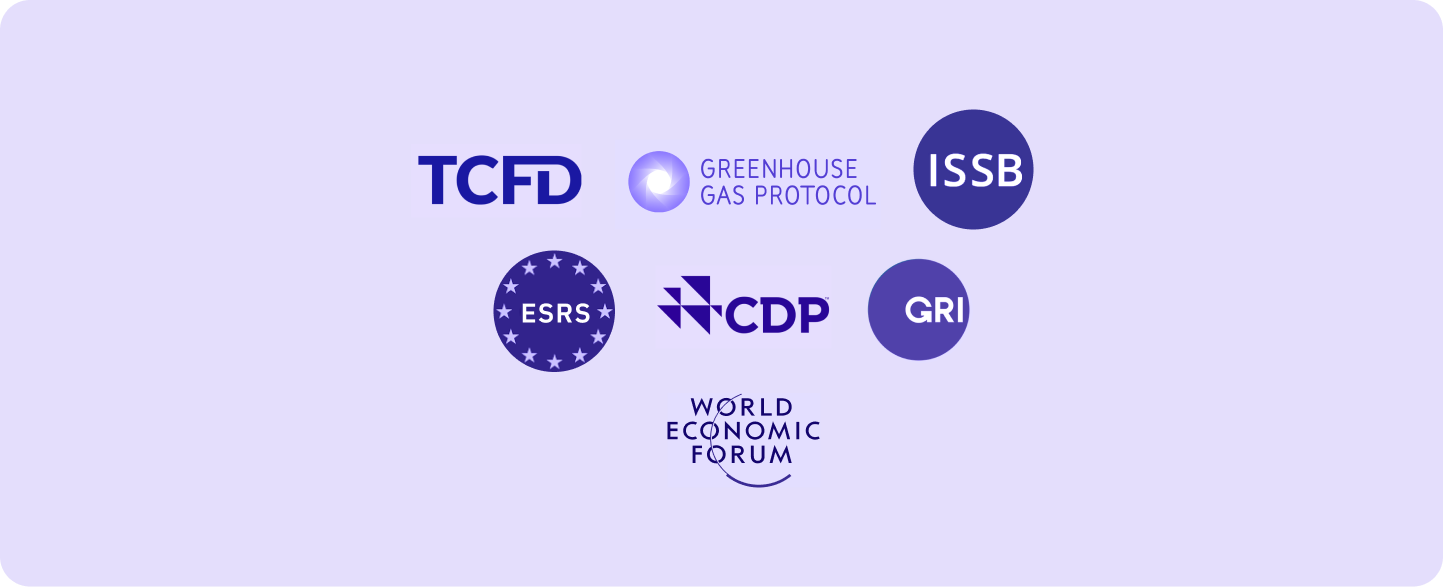Here's what you need to know.
Organisational and operational boundaries are fundamental concepts that outline key characteristics of any GHG inventory. They help both internal and external stakeholders in addressing important queries related to corporate GHG emissions tracking.
What is a GHG Inventory?
A greenhouse gas (GHG) inventory is a comprehensive list of emission sources and their associated emissions quantified using standardised methods. This includes both direct and indirect emissions across all three GHG scopes.
A well-documented GHG inventory enables a company to evaluate its Corporate Carbon Footprint (CCF), which represents the total volume of GHG emissions generated by the company within a specific timeframe. This metric serves as a measure of the company's environmental impact and its contribution to climate change through its operational activities.
Importance of a GHG inventory
A GHG inventory is an essential tool for calculating a company's environmental impact through its CCF. This data is crucial not only for meeting regulatory requirements but also for establishing trust with stakeholders and demonstrating a commitment to sustainability. The company's CCF can serve various purposes, including:
-
Disclosing GHG emissions data voluntarily or as required by regulations
-
Setting baselines for company-wide decarbonisation strategies and targets
-
Engaging stakeholders such as investors, customers, employees, and communities
-
Demonstrating your company's commitment to the environment, so as to build trust, attract investors, and meet the growing demand for sustainable product and services
-
Managing risks, finances, operational efficiency, and supply chain engagement
How does Terrascope help with this?
-
Terrascope combines accurate Corporate Carbon Footprinting with a focus on Scope 3 emissions, and robust Product Carbon Footprinting, to measure Cradle-to-Grave emissions on a single platform
-
Through advanced data-processing methods, Terrascope efficiently handles data from various sources and formats, allowing companies to seamlessly integrate information from their systems and suppliers
-
With our proprietary data confidence methodology, Terrascope provides a deep understanding of Scope 1, 2, and 3 emissions across the company's entire value chain
-
Going beyond just measurement, Terrascope helps companies develop and implement reduction strategies to achieve net-zero goals by 2050
If you're keen to find out more about how best to determine the scope of your GHG inventory, click here for the next article in the series: Determining Your GHG Inventory Boundaries.



